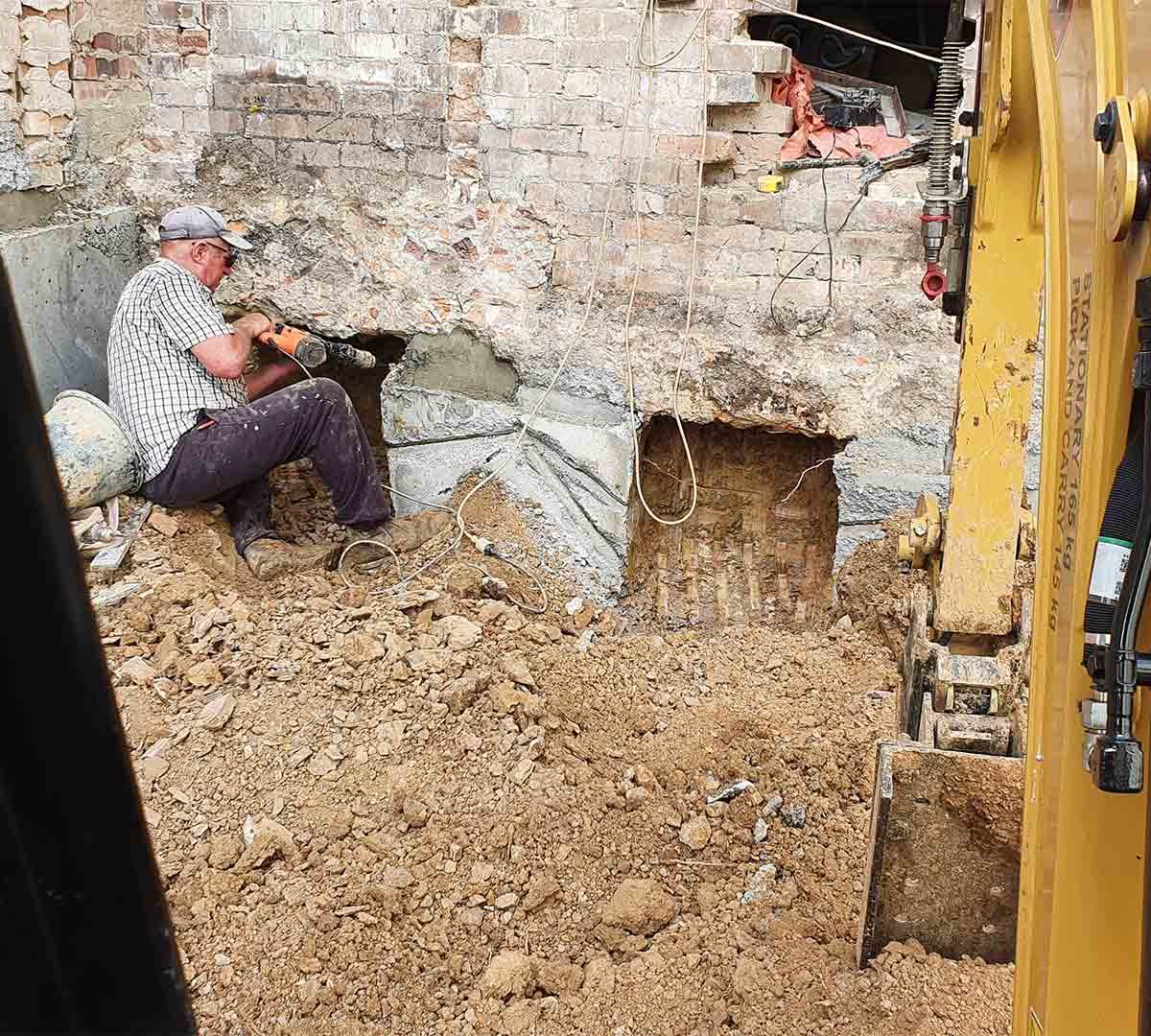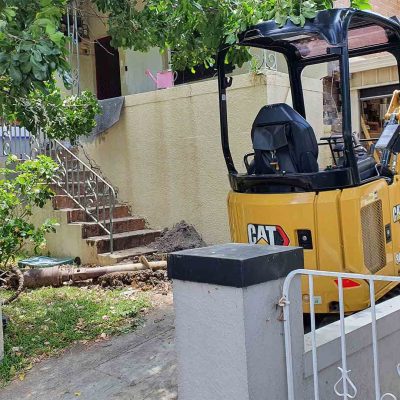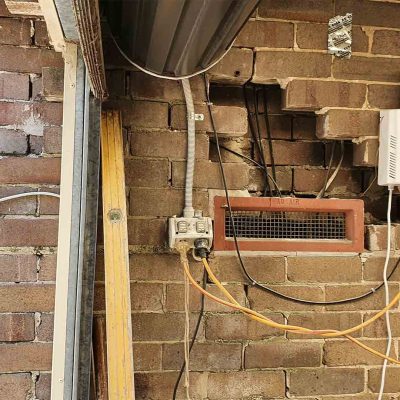Introduction
Retaining walls are versatile structures that serve as both functional and aesthetic elements in landscaping and civil engineering. The construction of retaining walls demands careful planning, proper execution, and the right choice of materials. In this blog, we’ll explore the key aspects of retaining walls construction, providing insights into the process, materials, and design considerations.
- Planning and Design
The first step in retaining wall construction is meticulous planning and design. The following considerations are essential:
a. Purpose: Clearly define the wall’s purpose, whether it’s for erosion control, structural support, landscaping, or flood management. The purpose will guide the design and material selection.
b. Height and Load: Determine the height of the wall and the load it needs to bear. Taller walls and those supporting heavy loads may require more robust construction.
c. Materials: Choose materials that align with the wall’s purpose and the desired aesthetics. Common materials include concrete blocks, brick, stone, and timber.
d. Drainage: A proper drainage system is crucial to prevent water buildup behind the wall, which can lead to erosion and structural issues.
- Construction Steps
The construction of retaining walls generally follows these steps:
a. Site Preparation: Clear the construction area of vegetation and debris. Excavate the trench where the wall will be built, ensuring that it is level and compacted.
b. Foundation: Lay a stable foundation, usually made of compacted gravel or concrete. The foundation provides essential support for the wall.
c. Wall Construction: Construct the wall according to the chosen design and material, ensuring proper placement and alignment. Follow design guidelines for strength and stability.
d. Drainage: Install an effective drainage system, such as weep holes, French drains, or perforated pipes, to prevent water from accumulating behind the wall.
e. Backfilling: Carefully backfill the area behind the wall, compacting the soil in layers to minimize settling and ensure stability.
f. Finish: Add finishing touches, such as caps, veneers, or coping, for both functional and aesthetic purposes. These elements not only protect the wall but also enhance its visual appeal.
- Material Selection
The choice of materials greatly influences the construction and appearance of the retaining wall:
a. Concrete: Concrete blocks are a popular choice due to their durability and versatility. They come in various styles and colors to match the desired aesthetics.
b. Brick: Brick retaining walls offer a classic and timeless look. They are particularly suitable for adding a touch of elegance to a landscape.
c. Stone: Natural stone walls are renowned for their rugged beauty and durability. They create a rustic and organic appearance.
d. Timber: Timber retaining walls provide a warm and natural feel to the landscape. They are often chosen for their eco-friendly appeal.
- Professional Assistance
While smaller retaining walls can be a DIY project, larger and more complex walls may require the expertise of professionals. Consult with a qualified engineer or contractor for designs and construction methods that comply with local building codes and regulations. This ensures a safe and sturdy retaining wall that will stand the test of time.
Conclusion
The construction of retaining walls is a precise process that combines functionality and aesthetics. Proper planning, material selection, and construction techniques are crucial to ensure the strength, durability, and visual appeal of these structures. Whether you are building a retaining wall for erosion control, structural support, landscaping, or flood management, attention to detail is key. By following the right steps and seeking professional guidance when needed, you can create retaining walls that not only serve their intended purpose but also enhance the beauty of your landscape.



